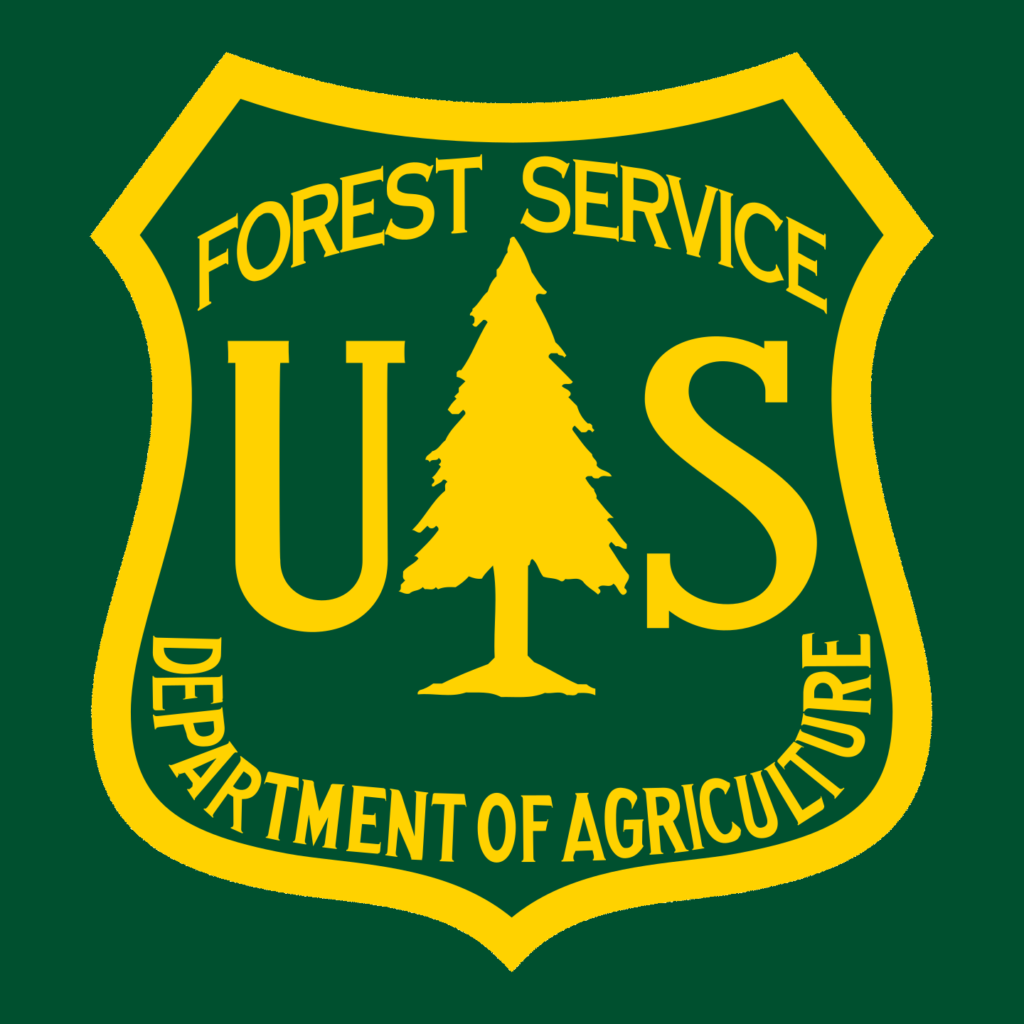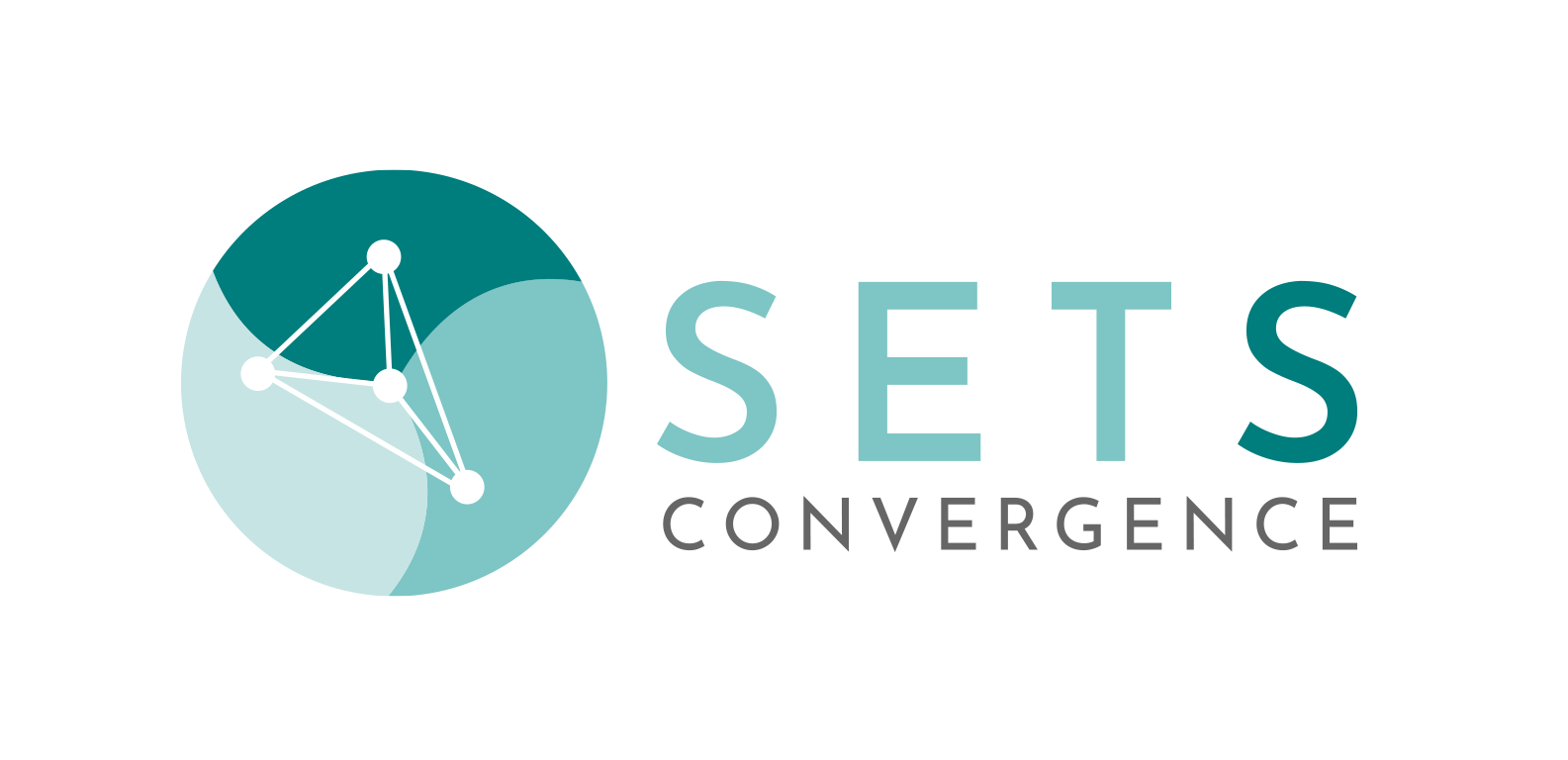
The Converging Social, Ecological, and Technological Infrastructure Systems (SETS) for Urban Resilience project is a 5 year initiative to accelerate advances in convergent urban systems science capable of providing cities with the knowledge and methods for building integrated SETS resilience strategies to extreme events, supported by cutting-edge modeling, simulation, and visualization of infrastructure systems. The project will develop and refine an urban resilience conceptual framework to guide an emerging, convergent urban systems science for cities to test and deploy in San Juan (PR), Atlanta, New York, and Phoenix.
Project Team





Project Cities

Atlanta

Phoenix

San Juan (PR)

New York City
Project Background
As the toll from extreme events continues to mount, there is an urgent need for convergence science and transformative frameworks that enhance the resilience of cities. Urban areas harbor over half the world’s population with high concentrations of critical infrastructure. Rising sea levels, flooding, and heat waves, among other extreme climatic events, pose significant risks to communities and infrastructure— risks that are increasing in every part of the world. Yet fundamental challenges and uncertainties exist with a robustness-centered approach, including (1) limits to how much stronger you can make infrastructure, (2) the significant degree of uncertainty in extreme event forecasts, and (3) the possibility that hardening against one hazard may leave the city weakened to others.
A new urban systems science is emerging that is key to understanding how to protect cities and urban regions from the most severe impacts of climate-driven extreme events. It accounts for the interdependencies among social, ecological, and technological infrastructure components of urban systems. This project will develop an explicit understanding of how the three domains should interact by bringing the underlying resilience theories together in a coherent conceptual framework to advance a convergent urban systems theory and develop a SETS-driven process for future visioning. The aim is to accelerate advances in a convergent urban systems science capable of providing cities with the knowledge and methods for building integrated SETS resilience strategies to extreme events, supported by cutting-edge modeling, simulation, and visualization of infrastructure systems. This new framework will enable cities to test and deploy integrated SETS solutions and anticipate unintended tradeoffs that often come with siloed approaches.
Project Objectives
1. Apply and integrate simulations of power, water, transportation, and building systems to assess vulnerabilities to extreme events (hardware, operational, and cascading) for future infrastructure scenarios in each city.
2. Model projections of heat and flood exposure combined with land use/land cover (LULC) change scenarios to assess future extreme event risk for future infrastructure scenarios in each city.
3. Analyze governance networks that address resiliency and associated actor agency, including visions, mental models of system vulnerabilities, institutional structures, and decision-making processes that are essential to navigate transformational changes in future scenarios.
4. Employ participatory visioning to co-develop future scenarios of resilient SETS infrastructures and, with practitioners, explore responses to future extreme event scenarios and social-ecological-technological changes.
5. Develop and implement a researcher-practitioner transdisciplinary process, supported by convergence of specific objectives 1–4, to guide the implementation of resilience solutions across diverse urban systems.
6. Synthesize outcomes of future simulations and scenarios in an online interactive researcher- practitioner visualization platform as a decision-support tool.

This material is based upon work supported by the National Science Foundation under Grant Number 1934933. Any opinions, findings, and conclusions or recommendations expressed in this material are those of the author(s) and do not necessarily reflect the views of the National Science Foundation.
